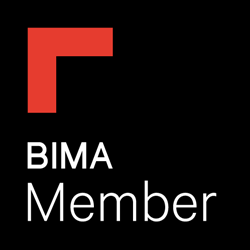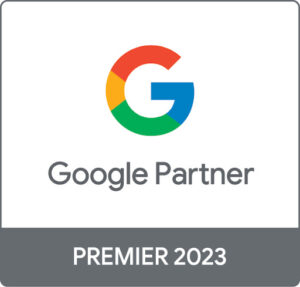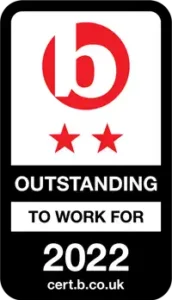The term “content is king” has been thrown around by us SEO’ers since the Bill Gates essay landed on our screen. The term (much more a mantra now) has encouraged marketers all over the globe to prioritise content and class it as the forefront of any successful digital strategies.
Almost two decades after Bill Gates coined the term, content is thriving and is now more important than ever.
This blog investigates the different stages of the buyer journey. It looks into how businesses should be creating different content in order to move a buyer through the journey, whilst providing quality information, without being too ‘salesy’.
What is Content Marketing?
Put simply, content marketing is the creation of content with the intention of distributing it to engage with a highly targeted audience, thus attracting potential new business. Content doesn’t just cover blogs as many may think, it is so much more with huge potential to help businesses maximise on their current digital strategies.
Content can include, but is not limited to the following:
- Google Ad descriptions and headings
- Email marketing content
- Images
- Video
- Social media marketing ad copy
Let’s take a look at ways in which businesses can capitalise on content marketing and think more strategically in their digital tactics – analysing the buyer user journey at each stage.
Nurture Prospective Leads With Content
One of the most important, if not the most important benefits of content is that you can create content with different purposes – based on the buyer journey stages. Each stage of the buyer journey highlights different intent, and therefore requires different content pieces. By using content marketing in a digital strategy you can nurture prospecting leads through the sales funnel, to help increase conversion and maintain retention.
Most leads will not come to your website, with the instant intent to buy. Therefore producing quality that adheres to the user can help conversion.
In the buyer journey, there are 4 main stages that should be considered; Reach, Act, Convert and Engage.
4 Main Stages of The Buyer Journey
1. Reach
‘Reach’ can be considered the research stage in the buyer journey. Most prospects don’t come to your site ready to buy, mainly users will be carrying out wider research to a recently diagnosed problem.
With different types of content, you’re able to give them the right content at the right time to help towards a conversion or a sale.
Content that can be created for this stage includes:
- Blog posts
- FAQs
- Social media presence to show the ethos of the brand
2. Act
‘Act’ is the second stage of the journey, also known as the acquisition stage. During this stage of the buyer journey, prospects will have a better understanding of what they need, so now it is about defining what they need. They are however, still not necessarily ready to buy, and this is where content can play a key role.
It is important to consider that the content that is used, will change from industry to industry. It is about producing the right materials for your prospecting lead.
Content that can be created for this stage includes:
- Guides
- How to’s
- Checklists
- Ebooks
- Blog posts
- Videos
All of these resources can be used to showcase your industry expertise, giving prospective leads an opportunity to see the benefits of your brand.
3. Convert
At this stage, often known as the decision stage, a user is ready to buy. This is where all of the content you have created, comes into play. All of this content included here, should back up everything you said previously.
Content that can be created for this stage includes:
- Case studies of precious customers
- Blog posts
- White papers
- Contact page
4. Engage
‘Engage’ is the last stage of the buyer journey, and is set to encourage brand advocacy. Brand advocacy or customer loyalty is generated after a conversion, when a long term relationship is built between the consumer and the brand.
At each stage, it is important to promote a good user experience for the lead so that at the end of the buying process, they become a repeat customer and potentially recommend your brand to others.
Content that can be created for this stage includes:
- Case studies from previous customers
- Reviews for products or services
Content – The Past, The Present and The Future of Digital
This blog discusses the different types of content that could be created to suit a prospective lead at each stage of the buyer journey. It is up to you on which content types are best suited for your business and your target market.
Test new types to see which works best for you, but to start – be sure to create a focused content marketing strategy. As we have seen, content continues to be a pivotal part of digital strategies in order to nurture leads and increase conversion rate.
How is your business using content?
For more information on how we have used content in our digital strategies, view our case study page.








